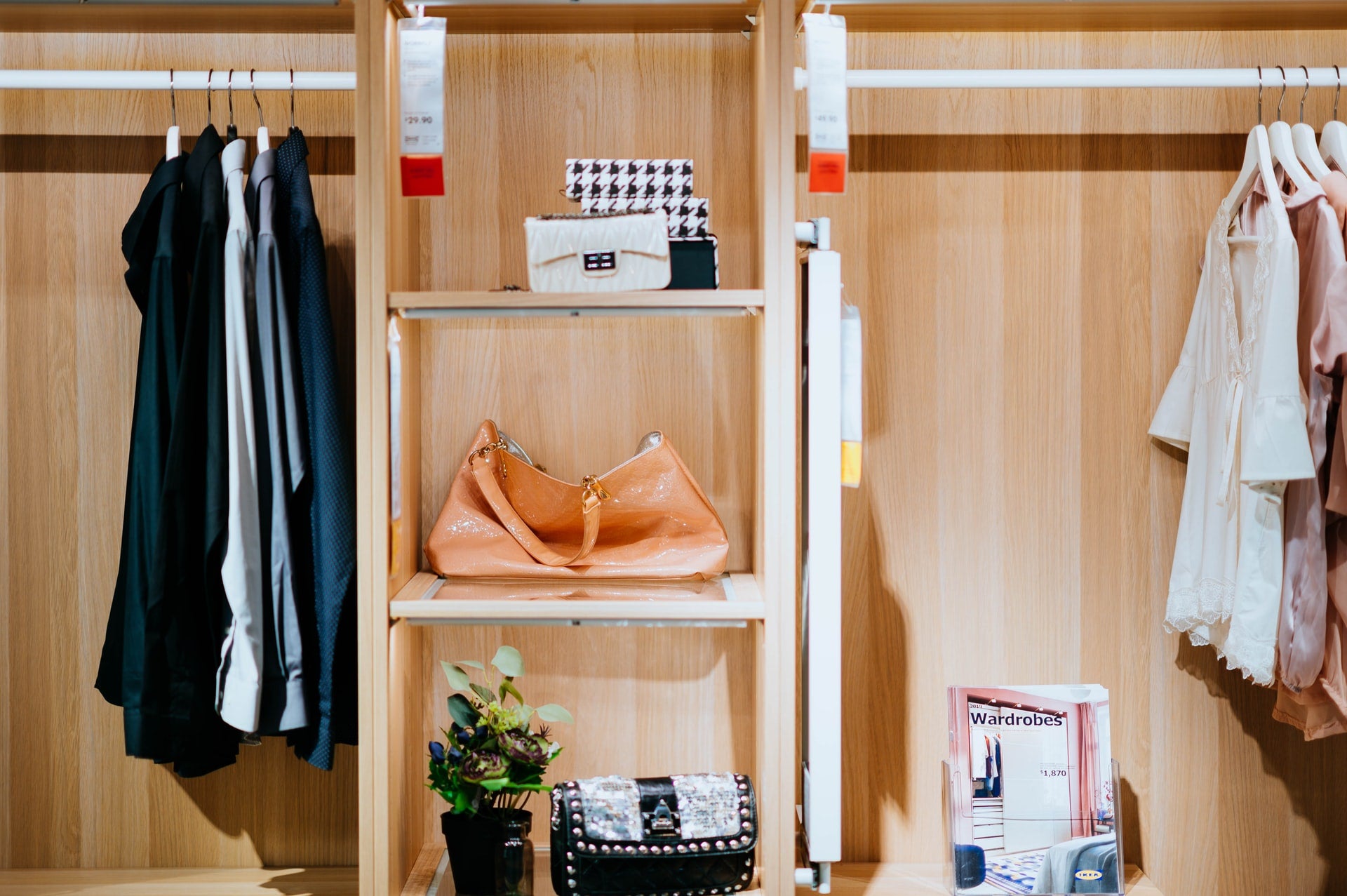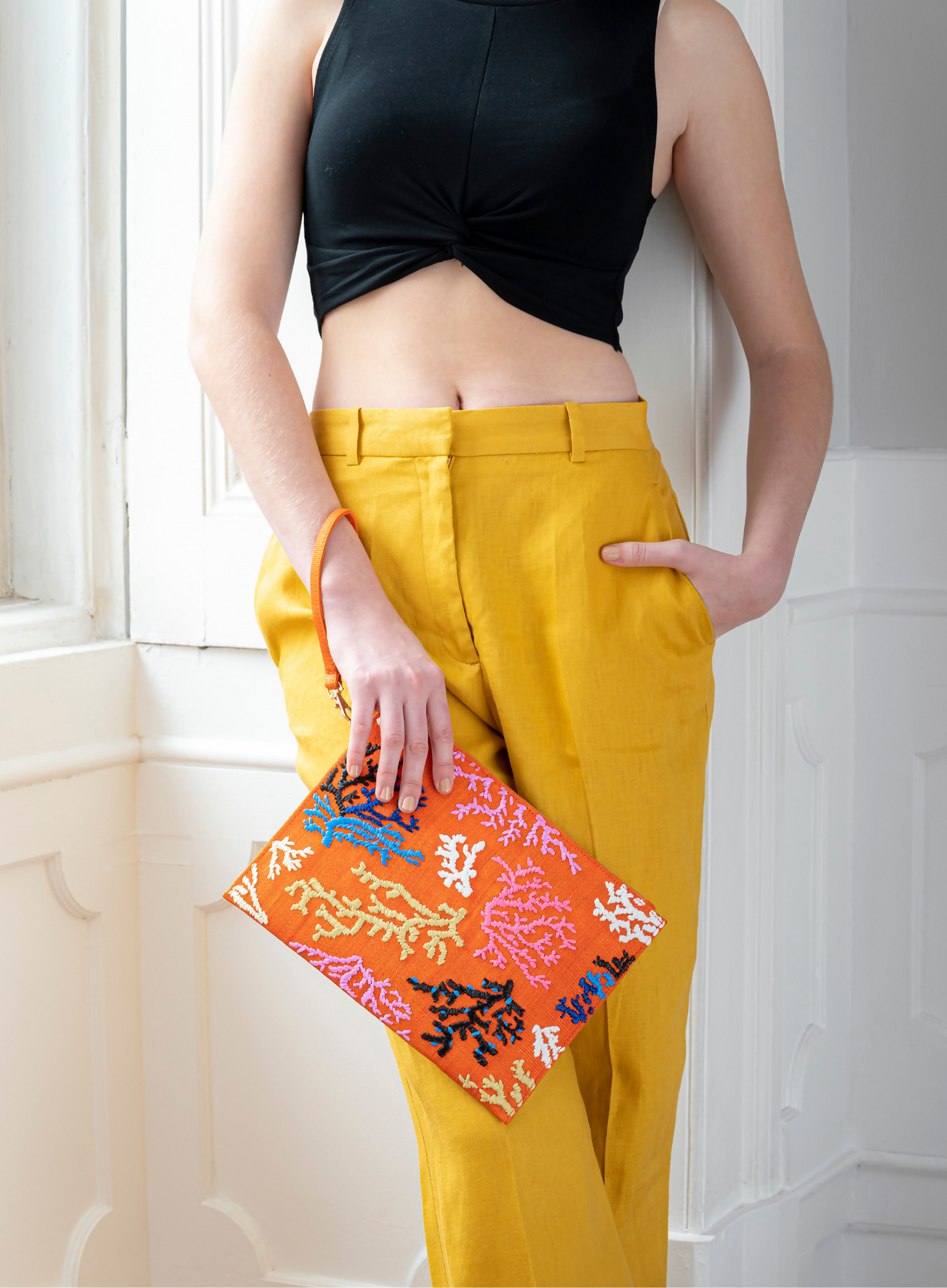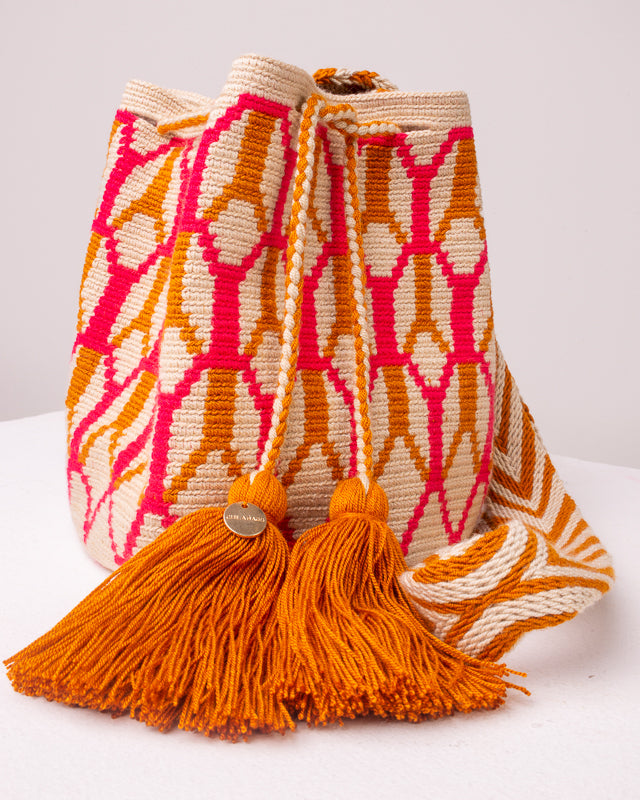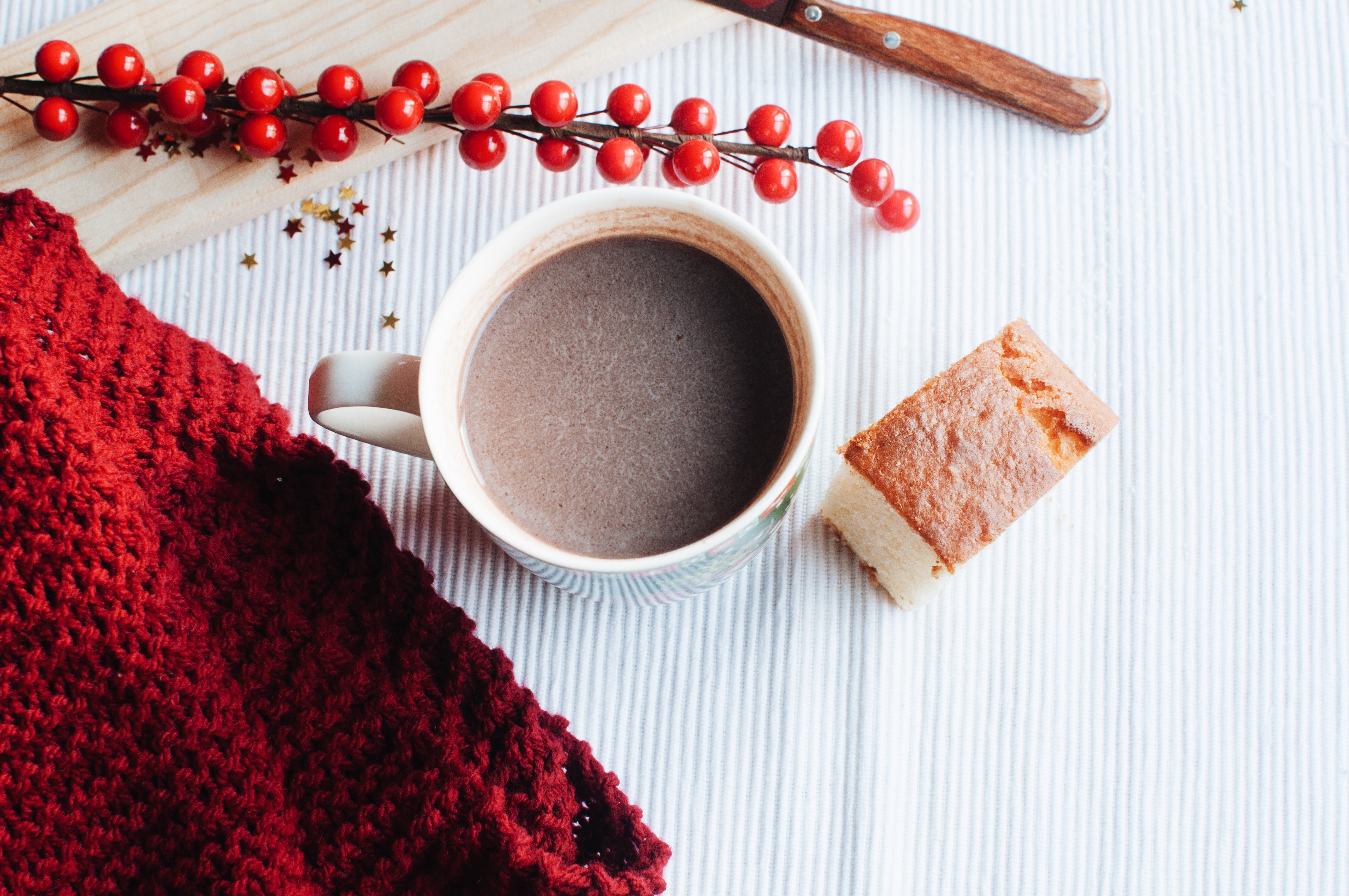
10 STEPS TO A MORE SUSTAINABLE WARDROBE
Everyone is talking about sustainability. But what is sustainable fashion? And is it really achievable in today's consumerist society?
At Sophie Summer, we believe in slow fashion, ethical manufacturing, and sustainably-sourced materials. We want to encourage you to shop more responsibly and, together, reduce the negative impact of fast fashion on the environment.
In this blog, we'll take you through our 10 steps to a more sustainable wardrobe.
1. Reduce
The first step to building a more sustainable wardrobe is to reduce the amount of clothes and accessories you buy. We aren't saying don't shop at all (we don't even want to think about a world with no shopping!) Just be a little bit more conscious about what you are buying, how often you buy, and where the items in question come from.
The convenience of ordering a full outfit online for next-day delivery means we often end up buying far more clothes than we need, and wearing them once before discarding them. Many of us also fail to consider the problems inherent with mass-produced goods, which are cheap but costly to the environment. Needless to say, the poor conditions of workers who manufacture these garments should also be something you take into consideration.
Fast fashion is a huge culprit to climate change, as an estimated 10,000 items of clothing are sent to landfills every five minutes! The clothes themselves fall apart quickly, but the synthetic materials they are made of are not biodegradable and either pollute seas or are incinerated, causing air pollution. The more we buy, the more brands produce clothes, with collections per year rising from two to around 11 for many designers over the last couple of years. This practice reinforces the disposable culture and encourages us to keep spending.
Start by asking yourself three questions: Will I wear it? Where/when? Do I already own something similar I could wear instead?

Photo by Chuttersnap
2. Reuse
Which brings us to step number two - reuse and re-wear. Most of us have gotten into the habit of buying a new outfit for every occasion but, chances are, the dress you wore to that summer wedding three years ago will still look equally lovely at your godchild's christening. You only really need a new outfit if events are close together, with the same group of people attending, and you're likely to be photographed a lot. Even then, you can completely change the whole look of a garment with different accessories, make-up, and hairstyles. Bags and shoes are the most obvious ways to transform an outfit, but never underestimate the power of a waist-cinching belt, statement necklace or earrings, or a brightly coloured shawl. Even a red lip or a smoky eye will take an outfit from day to night, while hair accessories can also elevate a simple look.

Photo by The Creative Exchange
3. Resell
If you're definitely not going to wear something again, though, you can sell it on sites such as eBay or Facebook market place, or donate it to a site such as ReFashion which donates three times more of the money raised to charity than the average charity shop does. We're big believers in paying it forward and the buzz you get from knowing someone is benefitting from your cast-offs is a great feeling. It also frees up space in your wardrobe so you can see better what you are working with and provides funds for some of those investment pieces you covet from sustainable companies, which may cost a little bit more but are ever so worth it.

Photo by Sarah Brown
4. Repair
Darning and patching used to be common practices before society convinced us all that everything must always be fresh and new. Now that you've made some space in your wardrobe, you can look at what you are left with and consider why you don't wear them anymore. Sewing on buttons, rehemming, or glueing sequins back on are all small jobs that can bring your once-treasured items back to life. It's satisfying 'rescuing' something from oblivion, particularly if you thought it was beyond repair, or had simply forgotten you owned it. There are also often local services such as shoe and zip repair which you can support instead of just throwing the damaged item away, if repairs are beyond your level of skill.

Photo by J Williams
5. Revamp
As you gain confidence in your sewing abilities, you can start to experiment. The beauty of customising your old clothes and accessories is that you have nothing to lose and, potentially, something unique and beautiful to gain. If you make a mistake and the garment can't be salvaged, it doesn't matter because you were going to throw it out anyway. This knowledge gives you the freedom to get creative. Dresses can become skirts or tops with a bit of cutting and a few stitches. You can change unflattering necklines, add some fringing or fabric to too-short shorts or skirts and give old denims a new lease of life with badges, studs or even ribbons. Anything goes. You can also look for brands who do the upcyling for you, such as ARTISANMADE which uses recycled plastics and ThirtyNine Studio which sources fabric remnants from shops to create beautiful bags.

Image by Mike Von
6. Recycle
Even if you can't save the garment, you might be able to find a new use for it. Stained clothes can be cut up to become material for another project, such as children's clothes and, if all else fails, you can use them as dusters or cloths for cleaning. Old clothes are also great for making your own facemasks. Alternatively, many places have recycling bins for clothes and shoes, so don't put your unwanted items in your usual household waste.

Photo by Bara Buri
7. Replace
By following the above steps you should have already significantly cut down on your shopping, and thus reduced your 'fast-fashion footprint'. With your new attitude, you will most likely only need to shop when it's time to replace something. Even with the best care and attention, nothing lasts forever, and it's absolutely fine to consistently replace your favourite items once they are no longer wearable or useable.
The important point now is how you go about doing so. It is false economy to buy cheaply. It's much better for both your wallet and the environment to invest a little bit more in quality pieces, which will last longer, particularly when it comes to classic shapes and styles, which never go out of style.
Look to build your wardrobe around timeless pieces such as versatile dresses, tailored trousers, white shirts and, of course, a couple of good quality handbags that will take you from the beach to the bar, and the office to afternoon tea. Look for brands which advocate slow fashion and follow ethical practices. The anticipation of buying something special and unique makes you appreciate it so much more once you get it.

Photo by Debora Cardenas
8. Raid those vintage fairs and sustainable shops
So you've been through the previous steps and you still need to buy something new? It's time to hit those vintage fairs and sustainable fashion sites. Buying vintage is more sustainable because the clothes have already been manufactured and would otherwise end up in a landfill as described above. They are also often better quality and are from eras before fast fashion became ubiquitous. Plus, you have the added bonus of buying a piece of history. If you are buying new, try to shop at sustainable sites which are committed to ethical labour practices and eco-friendly manufacturing.

Photo by Alyssa Strohmann
9. Research
Perhaps the most important point when making a new purchase is to research the brand and its parent company. Brands such as Burberry, H&M, Nike, and Urban Outfitters have all admitted to burning millions of dollars worth of unsold stock to 'protect brand reputation' and 'minimise the risk of counterfeiting'. They are far from alone, as this is common practice in the fashion industry. There are problems with waste at every stage of manufacturing, from offcuts to the final product.
Then there is the question of fair trade and ethical manufacturing. Many companies outsource product manufacture to sweatshops in developing countries where workers are treated poorly and paid even worse so brands can keep their costs down.
Companies are increasingly being compelled into offering greater transparency, so you can find out how ethical and sustainable they are fairly quickly. You can also ask specific questions on social media platforms or via customer service.

Photo by Brooke Lark
10. Repeat
If you repeat this process every time you are going to make a purchase, you will find that you automatically buy less and become a more socially conscious shopper, resulting in a much more sustainable wardrobe.
These rules can also be applied to other areas of your life, such as how you shop for food and other essentials. It might seem like a long process but you should find that you appreciate your purchases so much more because everything you buy will either be essential or something special that you just love.

Photo by Amanda Vick
We hope that every bag you buy from Sophie Summer will be something you truly cherish and can enjoy knowing it was made responsibly with sustainably sourced materials by artisans and independent designers who were fairly compensated for their work. If you would like to know more about our ethical practices, head over to our About page to read more.
Alternatively, you can shop our selection of stylish sustainable handbags.



Leave a comment
This site is protected by hCaptcha and the hCaptcha Privacy Policy and Terms of Service apply.